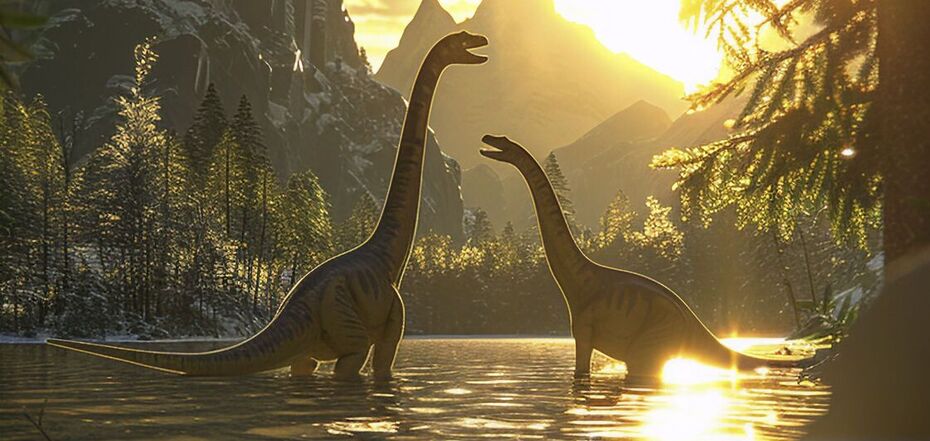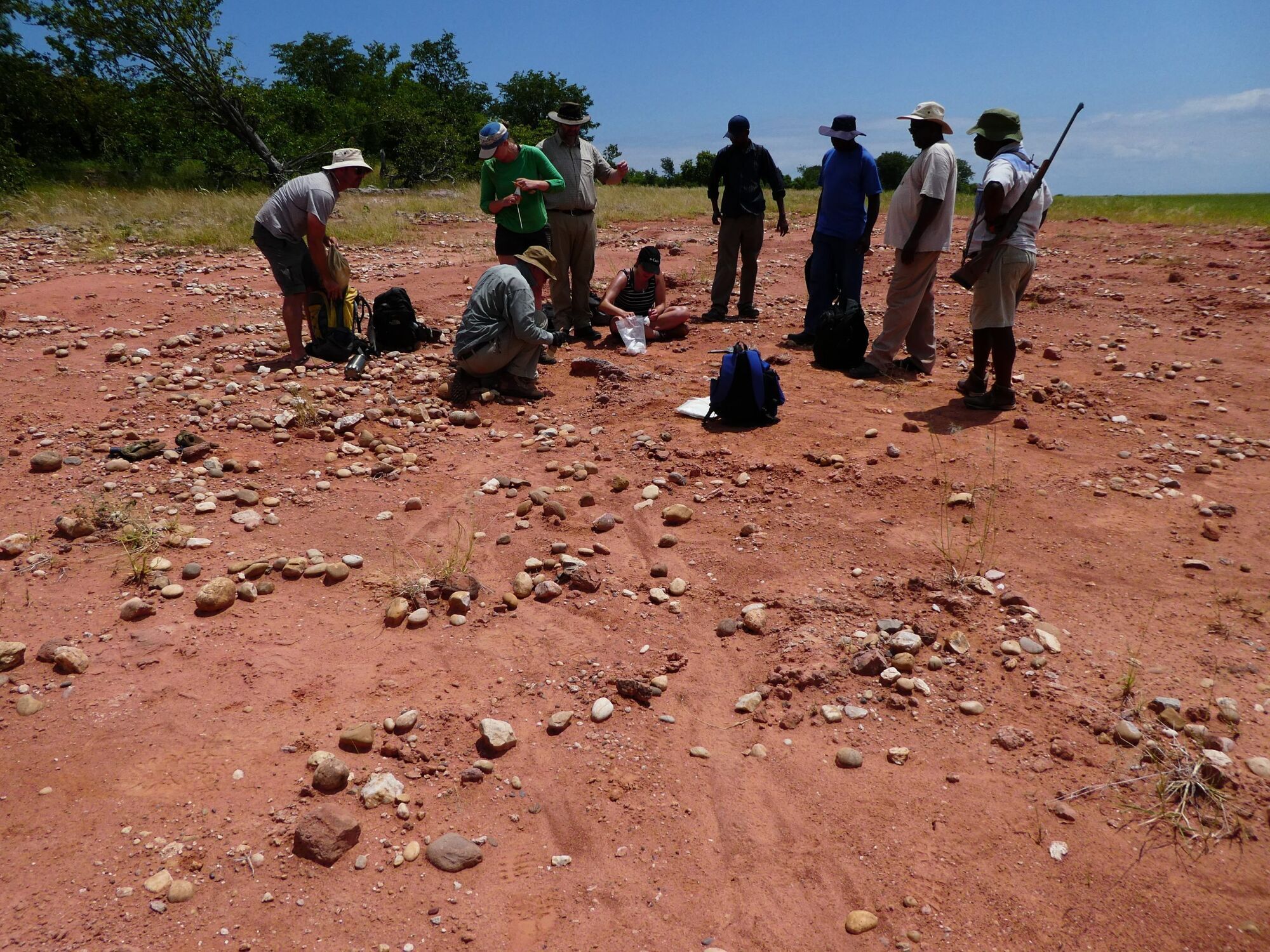News
Prehistoric puzzle. Scientists discover new species of dinosaurs in Zimbabwe
In the Middle Zambezi Basin, on the shores of Lake Kariba in Zimbabwe, a new species of dinosaur has been discovered, which scientists have named Musankwa sanyatiensis. The dinosaur was identified based on fossils.
The new dinosaur species emphasizes the rich but under-explored paleontological potential of the region and contributes to the understanding of global dinosaur diversity. This important discovery is only the fourth dinosaur species to be named from Zimbabwe, Scitech Daily reports.
The discovery of Musankwa sanyatiensis is particularly important as it is the first dinosaur to be found in the Middle Zambezi Basin of northern Zimbabwe in over 50 years. Furthermore, it is only the fourth dinosaur from Zimbabwe, following the description of "Syntarsus" rhodesiensis in 1969, Vulcanodon karibaensis in 1972, and Mbiresaurus raathi in 2022.
The rocks producing this new specimen date from the late Triassic period, approximately 210 million years ago. Musankwa sanyatiensis is represented by the remains of one hind leg, including its femur, tibia, and ankle.
"Despite the limited fossil record, these bones have unique features that distinguish them from those of other dinosaurs that lived at the same time," comments Dr. Kimberly "Kimi" Chappell, associate professor at Stony Brook University and Distinguished Fellow at the Wits Institute for Evolutionary Studies.
Evolutionary analysis shows that Musankwa sanyatiensis was a member of Sauropodomorpha, a group of long-necked, bipedal dinosaurs that were widespread in the Late Triassic. Interestingly, this dinosaur is probably closely related to its contemporaries in South Africa and Argentina. The herbivorous Musankwa sanyatiensis weighed about 390 kg and was one of the largest dinosaurs of its era.
In addition, this new dinosaur species also highlights the region's untapped potential for further paleontological discoveries. Over the past six years, many new fossils have been recorded in Zimbabwe, revealing a diverse range of prehistoric animals, including the first sub-Saharan African phytosaurs (ancient crocodile-like reptiles), metoposaurid amphibians (giant armored amphibians), breathing fish, and other reptile remains. As more fossils are researched and excavated, there is hope for the discovery of important new finds that will shed light on the early evolution of dinosaurs and the ecosystems they inhabited.
"Based on where it sits on the dinosaur family tree, Musanwka sanyantiensis is the first dinosaur of its kind from Zimbabwe. Therefore, it emphasizes the potential of the region for further paleontological discoveries," explains Dr. Kimi Chapel excitedly.
Only verified information is available on the OBOZ.UA Telegram channel and Viber. Do not fall for fakes!





























